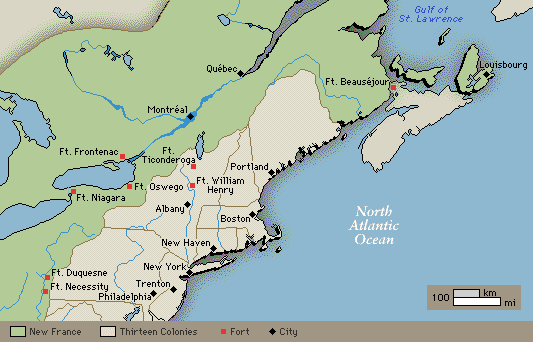The War of Austrian Succession
The War of Austrian Succession was Maria Theresa's first conflict as ruler. The cause was her father, Charles VI's death in 1740. Before he died, the great powers of Europe, including Britain, France, Prussia, Russia, and the Netherlands, had agreed to the Pragmatic Sanction. However, three other men felt they were entitled to take over the Hapsburg throne. They were Augustus III, the king of Poland and elector of Saxony; Bourbon King Phillip V of Spain; and Charles Albert, elector of Bavaria (who later would become Holy Roman emperor Charles VII). Augustus III and Charles Albert married into the higher ranks of the Hapsburg family, and King Phillip felt that because Holy Roman emperor Charles V had been king of Spain from 1516-1556. In addition, King Fredrick II of Prussia wanted Silesia, then a part of the Austrian Duchy. All thought they could use their advantage of masculinity, military expertise, and experience to defeat Maria Theresa.
The war was fought between the alliance of Bavaria, France, Spain, Sardinia, Prussia, and Saxony versus Austria, the Netherlands, and Britain. There were battles scattered across Europe, from Spain to Silesia, Bavaria to France. The war ended in 1748 with the Treaty of Aix-la-Chapelle, giving all land acquired in the war was reverted back to the original holders, with a few exceptions. Prussia gained Silesia, and Austria relinquished its Italian holdings to Spain. The War of Austrian Succession made Prussia a stronger power in Europe, and continued the conflict that led to the Seven Years' War. |
 |
 |
 |
|
 |
 |
 |
 |
|  |  |  |
The Seven Years' War
Maria Theresa resolved to reclaim the lost province of Silesia, so she allianced herself with Russia, Sweden, Saxony, Spain, and France against Prussia and its ally Great Britain. It was Fredrick II who instigated the war.
The first half of the war was full of Prussian success, with victorious battles against the French, Austrians, and Russians. However, soon the Prussians began to lose because most of Europe was against Fredrick II. The situation seemed desperate. But when previously weak military allies fought successfully and Russia and Sweden withdrew from the war, Prussia continued its victory over Maria Theresa.
The war spread to North America in 1754 with the conflict between France and Great Britain. This became known as the French and Indian War. Britain quelled France's plan to overtake the colonies, and won the war in North America.
The Seven Years' War ended with the Treaty of Paris in 1763, where France, Spain, and Great Britain settled their differences. The Treaty of Hubertusburg in 1763 confirmed Silesia as a property of Prussia, establishing Prussia as a main power in Europe.
Though Maria Theresa may not have won her beloved Silesia, but she won the support and loyalty of her people, including the military. |
|
 |
|

